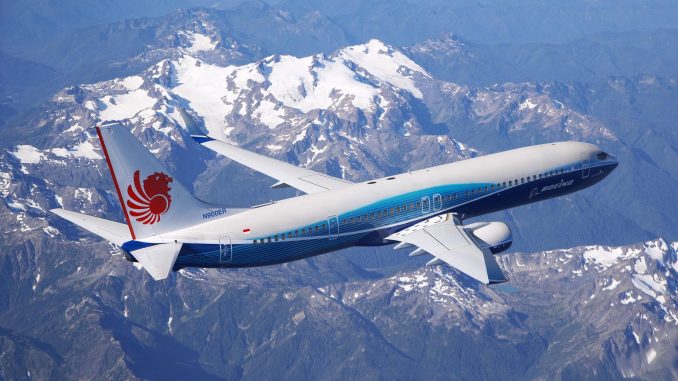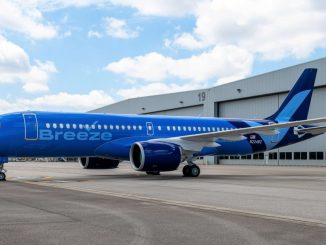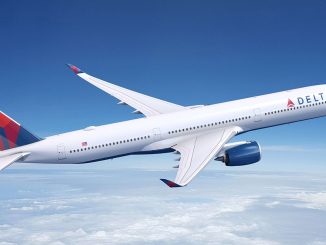
Last month, the Federal Aviation Administration (FAA) of the United States issued an Airworthiness Directive (AD) for the Boeing 737-600, -700, -700C, -800, -900, and -900ER aircraft. The directive follows the recent discovery of cracks on a number of Next Gen Boeing 737 aircraft that were undergoing passenger-to-freighter conversions in China in late September.
The part in question is known as a ‘Pickle Fork’, of which a Boeing 737 each has four. They are part of the attachments of the wing-spars and fuselage; there are fore and aft, and left and right pickle forks on the 737. During the conversion process, cracks approximating 1″ (2.54cm) in length were discovered in the lower part of the rear pickle forks (both left and right sides), which hold the rear wing-spar to the center fuselage section.
Inspections required
The cracks if left, “…could adversely affect the structural integrity of the airplane and result in loss of control of the airplane.” The Airworthiness Directive (FAA AD 2019-20-02) which applies to all operators of the 737NG family of aircraft, states that any aircraft with more than 30,000 cycles must undergo borescope inspections of the rear pickle fork assemblies within 7 days of the date of the AD. Those between 22,600 and 30,000 flight cycles have up to 1,000 additional flight cycles to perform the inspections. Younger aircraft are unaffected at this time.
After performing the inspections, operators have three days to report their findings to the FAA, and if cracks are found the aircraft is immediately declared non-airworthy and therefore grounded. The checks are to be repeated every 3,500 flight cycles after the initial inspection until further notice.
Initial findings
The airworthiness directive is ‘interim’, meaning it is subject to change. Since the publication of the AD, 810 Boeing 737NG aircraft were inspected, and a total of 38 airframes were found with cracks forming in the pickle fork assemblies. Of those 737s now grounded, three are operated by Qantas, three by Ryanair and two by Southwest Airlines, amongst other airlines. The operators of the affected aircraft are working with Boeing to find a solution to the issue.
The pickle forks are designed to last the maximum life span of the airframe – some 90,000 cycles. While the cause of the cracking is currently unknown, there is some speculation that the addition of winglets could be changing the wing loading and therefore changing the stresses placed upon the assemblies, although the issue could actually be the result of anything from excessive hard landings, a design fault, manufacturing fault or even environmental factors. We can expect the AD to be modified as and when a definitive cause has been identified and when a permanent maintenance resolution has been published by Boeing.
Boeing’s 737NG (“Next Generation”) is the predecessor of the 2017-introduced 737 MAX which is currently fully grounded around the world following two deadly accidents in October 2018 and March 2019. The 737NG is one of the best selling commercial aircraft families ever, with more than 7,000 planes delivered.
Matt is a Berlin-based writer and reporter for International Flight Network. Originally from London, he has been involved in aviation from a very young age and has a particular focus on aircraft safety, accidents and technical details.



